Instructional Series
Welcome to the English medium literacy instructional series teaching and learning resources for years 1 to 8.

- Gold
- 4
- 3
- 2
- 7
- 6
- 8
- 3
- 4
- 5
- English
- Science
- Social Sciences
- Technology
- The Arts
- Non-fiction
- Fiction
- None
- Nature of science
- Living world
- Material world
- Nature of technology
- Planet Earth and beyond
- Physical world
- Engage with science
- Critique evidence
- Articles
- Stories
- Poems
- Plays
Search results
27 items - Showing 11 - 20
-
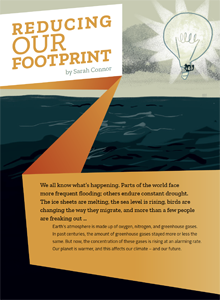
Reducing our Footprint
by Sarah Connor
This is the final article in a series that explores climate change. The first explains what it is; the second explores the difficulties in making predictions about it; and this, the third, looks at the ways people have responded to the challenge of climate change. It profiles four different organisations or people: an e-bike company, food recyclers, a scientist who’s developed an app for the agricultural sector, and a hemp farmer.
-
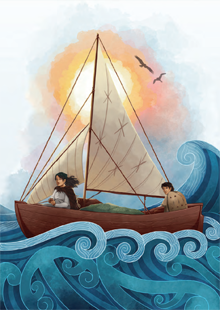
-

Science on the Ice
by Neil Silverwood
"Two sets of merino underwear, two fleece jackets, a windbreaker, a puffer jacket, five pairs of gloves, a hat, a balaclava, fleece pants, fleece-lined boots, and lastly – a set of extreme-cold weather gear (called ECWs by those in the know). My kit is issued at Antarctica New Zealand’s Christchurch headquarters, and I’m told to return the following morning at six. I’m to wear my ECWs for the flight south."
-

Solar Power in Tokelau
by Iona McNaughton
This report highlights the world-first achievement of Tokelau in using renewable energy sources (solar energy and coconut oil) for all its electricity. It explains why Tokelau decided to switch from using fossil fuels and includes comments from a Tokelau family that illustrate the impact of the change.
-
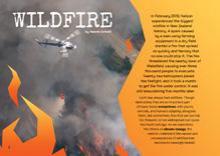
Wildfire
The article explores wildfires. It looks at what they are, what causes them, how they affect us, and how they are affected by the climate. In the process, it gives scientific explanations of some big ideas and processes, including climate change, carbon sinks, deforestation, adaptation, and feedback loops. The article ends by suggesting ways we can work together to reduce the risk of wildfires.
-
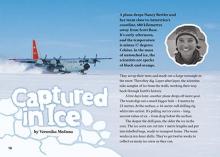
Captured in Ice
by Veronika Meduna
Nancy Bertler is a scientist who studies the ice. She’s been examining Antarctic ice cores to discover what Earth’s climate was like in the past – and how it might change in the future.
-
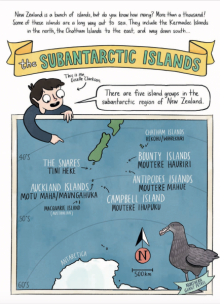
The Subantarctic Islands
written and illustrated by Giselle Clarkson
This visual text uses words and cartoon-style images to provide information about the five groups of islands that are found between New Zealand and Antarctica. The information is presented in a lively way, organised into sections that tell what and where the islands are, the weather they share, and their flora and fauna.
Information and tips for using comics in the classroom:
-
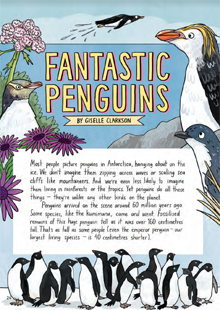
-
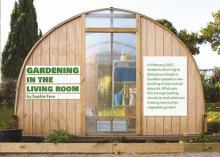
Gardening in the Living Room
by Sophie Fern
Balaclava School has a new greenhouse called the Living Room. The students find out how the environment inside the Living Room helps plants grow during the cold Dunedin winters and investigate which vegetables grow best inside and outside its unique climate.
-
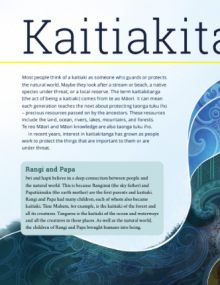
Kaitiakitanga
by Susan Paris and Daniel Hikuroa
Most people think of a kaitiaki as someone who guards or protects the natural world. Maybe they look after a stream or beach, a native species under threat, or a local reserve. The term kaitiakitanga (the act of being a kaitiaki) comes from te ao Māori. It can mean each generation teaches the next about protecting taonga tuku iho – precious resources passed on by the ancestors.







 Literacy Online home
Literacy Online home
